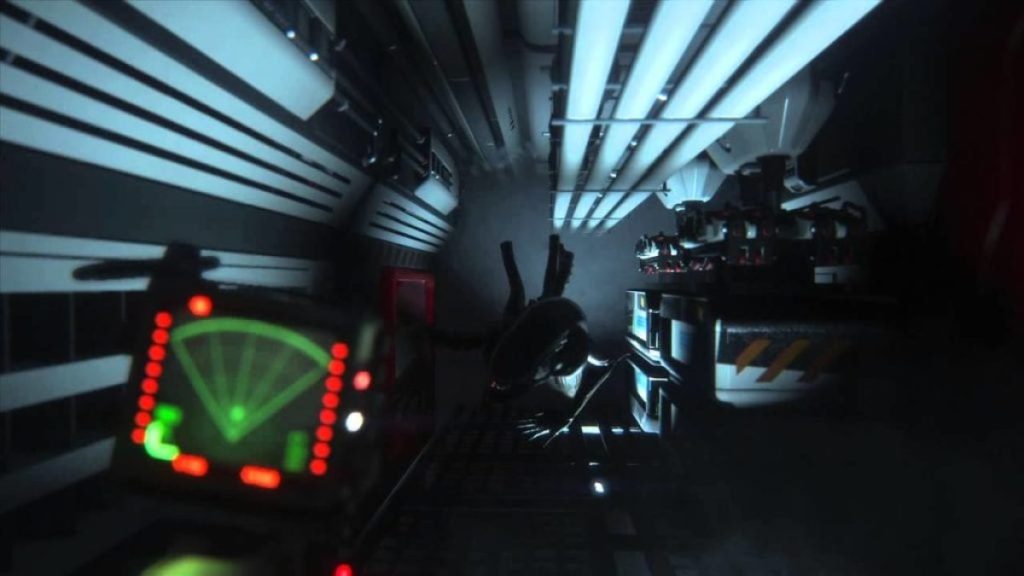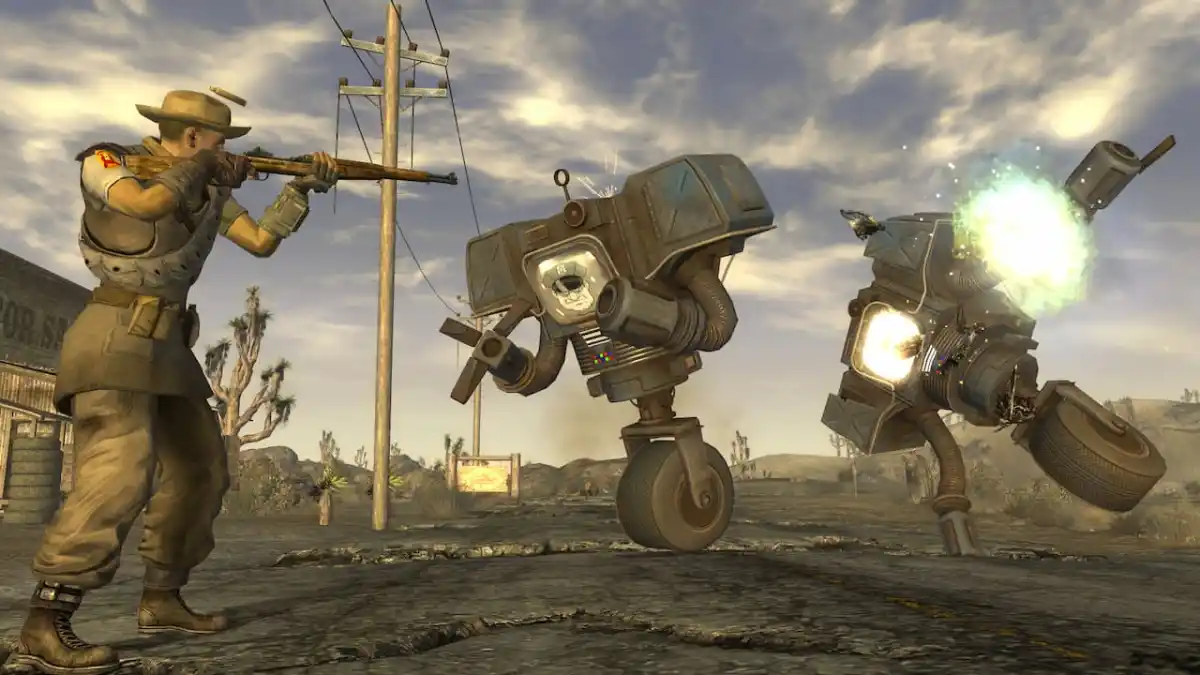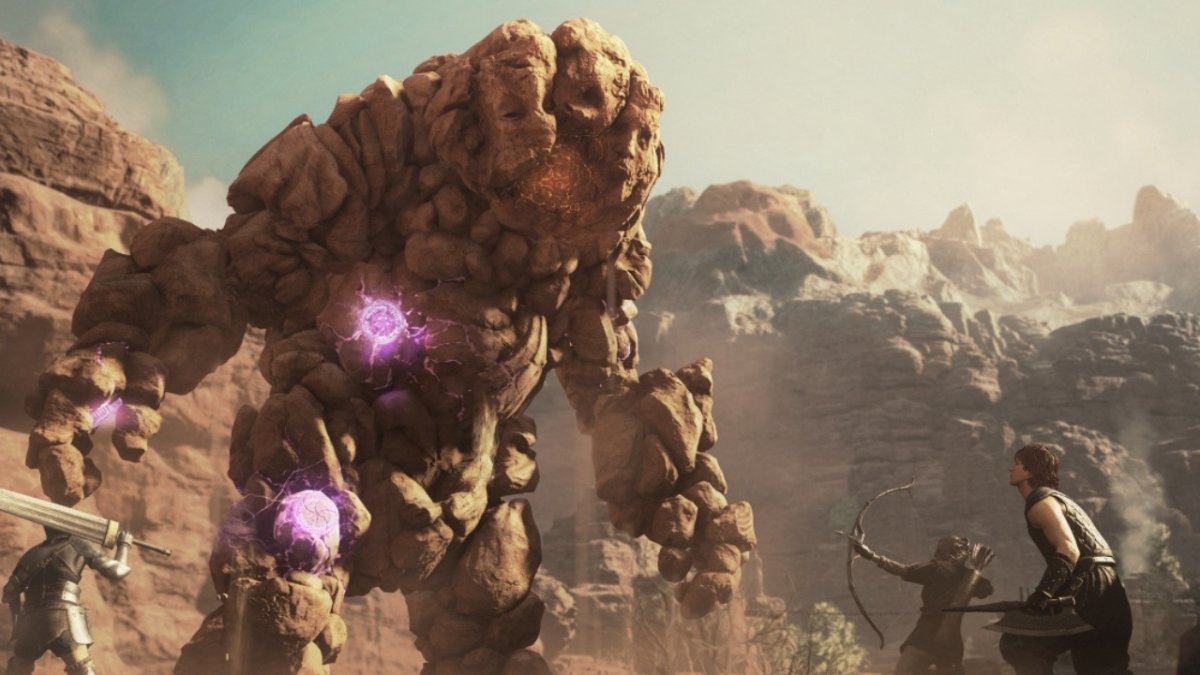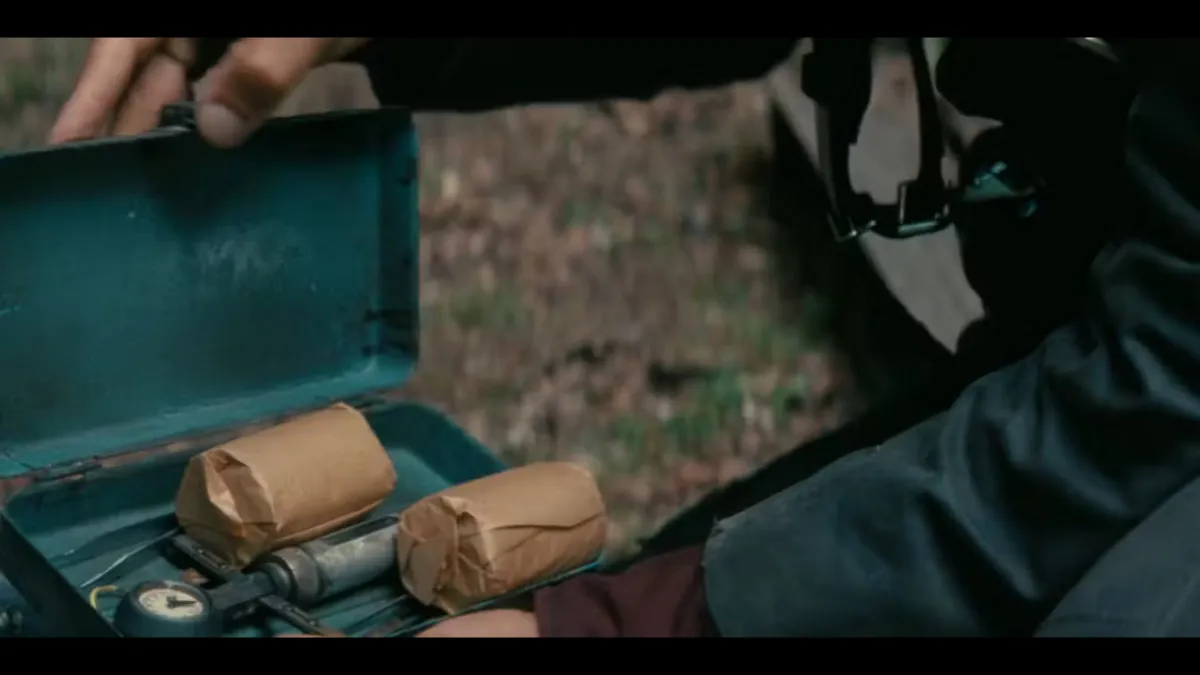If I was on Facebook – and I’m not, because Facebook is a dreadful thing – then, for most of the past week, my status would probably have been “being eviscerated by an Alien.” I’ve spent quite a lot of time playing Alien: Isolation, and while I haven’t yet finished it because it’s almost as long as one of Metal Gear Solid‘s cutscenes, I’ve learned a few bits and pieces that might help keep novice Alien-escapists alive. And now I’m going to share them with you.
Good luck.
Save me
First, and arguably most important, is this: save. Save all the time. Save as often as you possibly can. Alien: Isolation largely (perhaps entirely; I haven’t checked with the “saving data” icon actually means it’s creating a checkpoint) works on manual saves, and to that extent, you want to get really used to spotting and using save points whenever possible.
If you’ve just saved your game and then you’ve wandered around the room and found a blueprint, or crafted some items, or got some logs, then go and save again. Save points take some time to recharge so you can only do it once every couple of minutes, but hiding in a locker for 20 seconds is a damn sight better than having to redo all of that crap again because you accidentally got shot/strangled/eaten. Completed an objective, and there’s a save point two rooms away? Save again.
Bear in mind that the game automatically stores your previous save, too, so if you save the game when the Alien is right behind you, you don’t have to restart the entire mission from scratch.
Death comes very, very swiftly in Alien: Isolation. Save all the goddamn time.

For some reason I don’t have a screenshot of a craftable item, so here’s a shot of a flare! Because you probably won’t see them very much in the game. Because you’ll be trying to stay hidden, and not shining a giant light on yourself.
Crafting a plan
Crafting is another integral part of not being horribly murdered over and over. Keep your eye out for blueprints, which unlock and upgrade your craftable supplies, but more importantly, keep an eye on your stocks of materials. There are a few – like SCJ Injectors – which you want to have as many of as possible. If you come across a Sensor or some Ethanol or whatever, and you’re already carrying as many of them as you can, then use one of the ones you have in something.
It’s worth noting that you can “use” something in crafting without actually crafting the item, too. When you slot one of the materials into a blueprint, that material is removed from your inventory, whether or not you then put the rest of the necessary materials in and build the item. In that way, you can – say – dump a sensor into an EMP Mine, and then pick another one up. You don’t actually have to fully craft the EMP Mine to free up space in your inventory – you just need to use that particular material on a blueprint.
That said, crafting doesn’t pause the game. You might want to hide under a table before you start fashioning your spring line of Molotovs, or you may find yourself rudely interrupted by some bastard with a second set of jaws.
The binding of Isaac’s keyboard
One more thing about crafting, which important enough that it deserves its own subheading. You know how your primary weapons are bound to 1-5 along the top of your keyboard? Well, you can actually bind the craftable items to the rest of the number keys! Highlight them in the radial menu and tap the number, and oh look, they’re now bound to that key. This makes quick access to Noisemakers/EMP Mines/Molotovs much, much easier. So do it.
On the track for success
Alien: Isolation is possibly the first Alien game in which the motion tracker is actually incredibly useful, rather than something that just alerts you to the fact that something is about to latch onto your head and start chewing. Get used to using it.
A few things about it. Firstly, the little green bar that slides around the outside essentially shows you the path to your next objective. It doesn’t show you the direction that objective is in – it shows you the path you need to take to get to that objective. If you’re lost and can’t work out where you should be going to get to your next objective, use the motion tracker. By the same token, if you really like being lost and exploring of your own volition, try not to look at that little green bar.
Secondly, the number in the bottom left isn’t just a nice bit of atmosphere – it basically shows how much danger you’re in. If it’s reading 0.96 then there’s pretty much no threat nearby, and you can wander around and use computers and craft things with impunity. If it’s reading below, say, 0.50, then something is fairly close. If it’s reading 0.05 then there is every chance you are dead. If you’re safely hidden and the number keeps wandering between 0.50 and 0.40 then you may want to stay hidden just a bit longer, because it means something is fairly nearby and might just get closer.

If there are no imminent threats, it’s still a good idea to leave the motion tracker up but focus on the world around. If it flashes or beeps, that’s when you need to shift your attention.
This is both useful as a general guide to how safe you are, and to how safe you are when there are multiple enemies around. It’s also pretty handy if you’re hiding in a locker and can’t actually turn around to gauge how far to the side that blip is.
However, be cautious. You know how you can hear the bleeping when something gets close? Yeah, well, so can the Alien. If you’re hiding under a desk and the Alien is stalking around, then do not raise the motion tracker unless you really want to suffer some rather sudden brain surgery at the claws of Dr. Xenomorph.
You can’t lean with the motion tracker up, but you can happily wander around, and holding down the right mouse button moves your view focus from the tracker to the environment. Alternatively, turning off one of the graphical options (Depth of Field, I believe) completely removes the whole “you can only focus on either the tracker or the room” thing. I’d suggest keeping it on for the sake of the atmosphere, but…
Also, the motion tracker can detect the Alien while it’s roaming the vents above you. This may actually do more harm than good, because the Alien can teleport around the vents anyway so the tracker might make you think it’s near and you need to hide when you’re actually pretty safe, but it’s a nice little touch of atmosphere. And hey, it might alert you to the fact that Big and Vicious is about to drop in for a bite.
Cartography 101
While we’re talking about navigation tools: believe it or not, the map (brought up with Tab) is actually pretty useful. It keeps track of save points, locked doors, “points of interest” (which tend to be ID tags and other collectibles), rewire systems, and the like. It also pauses the game, so if you’re trying to take a moment to figure out your next move, the map is a really handy way of doing it.

This marks the point where you might actually be able to survive if the Alien spots you. It is a wonderful moment.
Flame on
Most of the weapons you have won’t even tickle the Alien. It laughs at your revolver, and you might as well use the stun baton on yourself for all the good it does. You do have some defence, though, because it really doesn’t like fire.
You’ll get a Molotov blueprint relative early, and you’ll get a Flamethrower around mission 10. Neither of these are foolproof methods of getting rid of the Alien, but as a last resort, they can be a lifesaver. If it’s edging close to your hiding place or if it suddenly drops down from a vent, then consider fire.
Either hurl a Molotov at its face, or switch to the flamethrower and give it a quick blast. If it doesn’t screech and run to the nearest ceiling vent, squirt it again, and then again. One of two things will happen: it will leg it, and you’ll have a few seconds of breathing space to get away (because chances are it will be back before long, and it will not be happy)… or it’ll bite your head off. But hey, if the latter was about to happen anyway, then fire is certainly worth a try.
That said, try not to waste flamethrower ammo: quick blasts of half a second are enough, and tempting as it might be, try to resist the urge to hold down the trigger. There’s a fair bit of fuel scattered around but it drains incredibly fast, and without wishing to ruin all of the game’s surprises, there are times when you will be extremely thankful you have some left over.

Do you see the goo dripping from the vent? That means you will instantly die if you walk under it. So don’t do that.
Dripping with desire
Speaking of having your head bitten off, there are some areas where the Alien won’t do its usual patrolling (unless loud noises are made, in which case it will come running), but you’re still not safe from its claws in these places. If you can see goo dripping down from a ceiling vent, do not walk under the ceiling vent. That is your only clue that the Alien is lurking up there. If you walk underneath it, you’re dead.
Stop, collaborate and listen
Sound is really important in Alien: Isolation. While the temptation may be to turn down the in-game audio and put on a Glee soundtrack album to lessen the tension, that will actually increase the chances of you getting a role in the Alien’s amateur production of Hamlet as Yorick’s skull.
The Alien makes different noises depending on whether it’s scuttling in the vents, or if it’s wandering the floor. If it’s in the vents then its movement tends to be tinny, echoing thumps. If it’s charging down a corridor, then it’ll sound… well, like regular thumps. The doors are all motion triggered, so if you hear a door whooshing open in the distance, something was just there. Audio provides yet another clue that things are about to go horribly wrong.
The game seems to play scare chords when the Alien spots you, too. I had one lovely encounter where I’d just finished playing with a rewire box, turned, and saw the Alien in an adjacent room, staring at me through a window. Cue a scare chord, and then me crouched and circling around the table in the middle of the room to try and stay out of its sight as it wandered the room looking for me. So yeah, keep the sound up. It’s not just for atmosphere.

Me and Al are friends, really. He just gets a bit over-excited when we play hide-and-seek! Or when I refuse to play and stand out in the open.
The name game
On that note, if things are getting a bit too creepy and atmospheric for you, try giving the Alien a friendly nickname. I’ve called him Al. When I hear scuttling in the vents, I say, “Al, is that you?” But not in the game because he’d hear me and murder me.
Fuck you, Al. Stop being such a dick.
It’s oh so quiet; it’s oh so still; you’re all alone; and so peaceful – until…
Speaking of which, being quiet is also really important. The Alien (and every other opponent, but the Alien in particular) will tend to wander around semi-aimlessly in your general vicinity, but if a loud noise is made, it will come running. So be as quiet as you can.
Never, ever use the sprint key unless absolutely necessary, because it’s a great big dinner bell for the Alien. Firearms are weapons of last resort for much the same reason; if you use them, then the Alien will be along in about five seconds, tops. Noisemakers and flashbangs are a nice distraction tool, but they, too, will attract your stalker.
The enemy of your enemy will still try to claw your face off
But here’s the good news: you can use the Alien’s Pavlovian response to gunfire to your advantage, because his hatred of life doesn’t just apply to you. While the Alien and the Working Joe androids will ignore each other (although if you hear a Working Joe saying “what are you?” or something about an unidentified life form, that’s a pretty good sign it’s spotted the Alien), everyone hates the human survivors.
If a survivor fires at you then the Alien will probably be along as soon as possible, so if you can get away and hide, then chances are that a room full of survivors will quickly become a room full of corpses.
Of course, that doesn’t mean that any nearby humans or Working Joes will stop trying to kill you just because the Alien has turned up, and just because the Alien has a whole room full of targets doesn’t mean it isn’t going to go for you first. While you can use the other survivors as a distraction (or use the Alien as a weapon against them) it’s still a risk.
Be aware that not every survivor or Working Joe is hostile to you, though. Working Joes will mostly get aggressive if you’re in an area they consider restricted, and they’ll largely just ignore you the rest of the time, so sometimes you don’t need to creep your way through a room. There are a few non-hostile survivors, too, but they tend to be in either more story-led sections, or sitting around with their heads in their hands. (Dead survivors also tend to have their heads in their hands, but… well, not in the same way).

As a reward for reading through this, have a hilarious cutscene screenshot. Remember: timing is everything.









